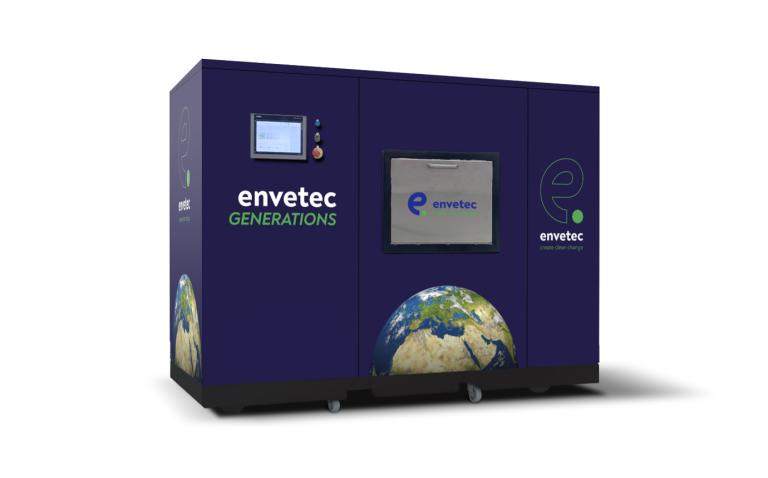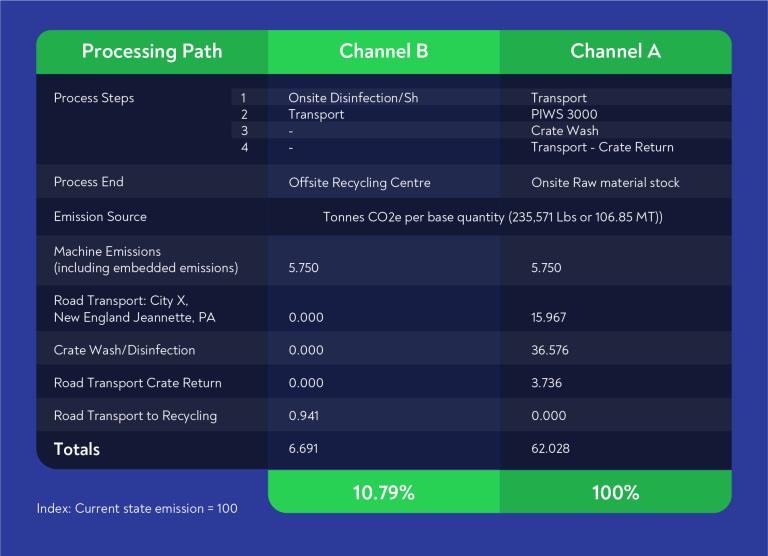An innovative R&D facility in New England wanted to address a significant challenge: the environmental impact of its biohazardous waste disposal. Traditional processes involved shipping untreated waste over 530 miles to an off-site treatment centre. While this method ensured compliance, it came with a heavy carbon footprint, high costs, and operational inefficiencies.
Determined to align with sustainability goals and gain more control over its regulated medical waste treatment, the organisation looked for a solution that could reduce emissions, cut transport miles, and simplify compliance.

